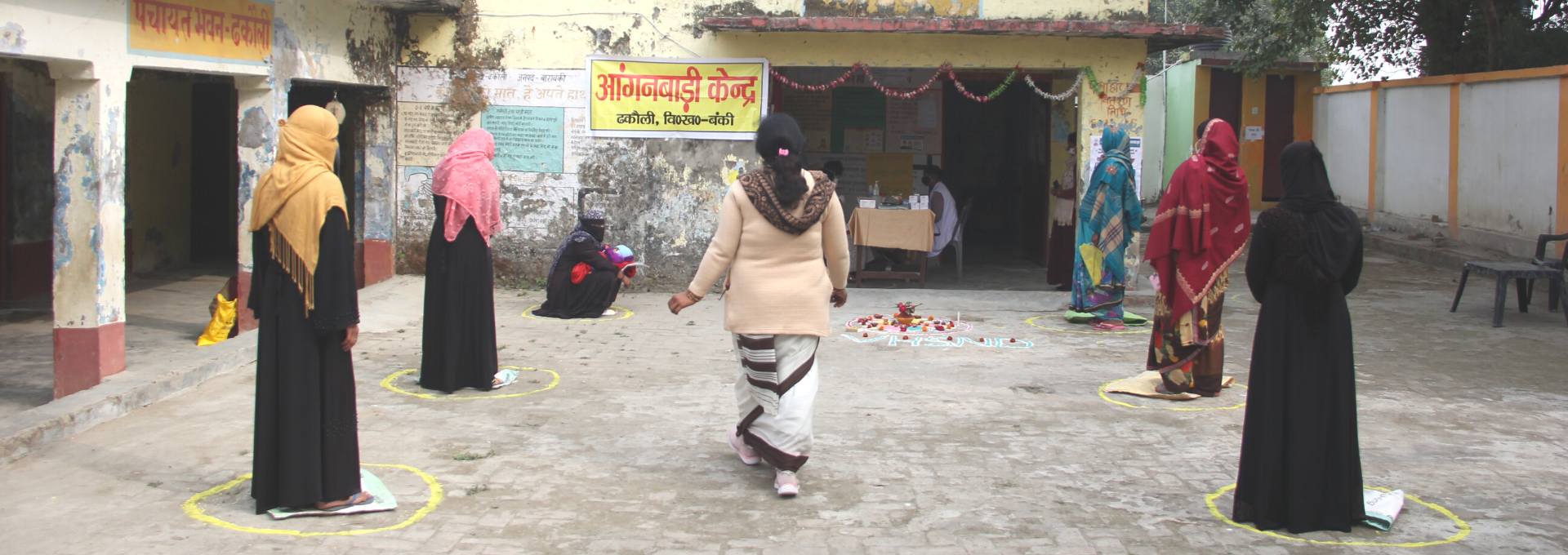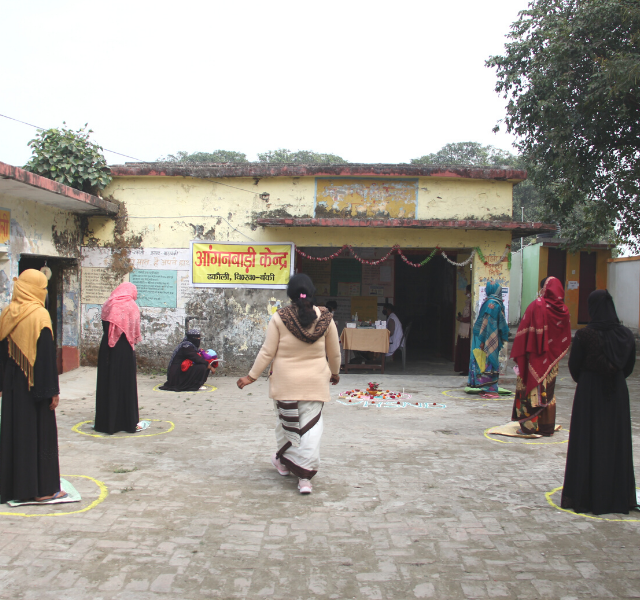

Vasanthakumar Namasivayam, Amita Jain, Vikasendu Agrawal, Ravi Prakash, Bidyadhar Dehury, Marissa Becker, James Blanchard, Shajy Isac, Amit Mohan Prasad
Population-based serological antibody test for SARS-CoV-2 infection helps in estimating the exposure in the community. We present the findings of the first district representative seroepidemiological survey conducted between 4 and 10 September 2020 among the population aged 5 years and above in the state of Uttar Pradesh, India.
Multi-stage cluster sampling was used to select participants from 495 primary sampling units (villages in rural areas and wards in urban areas) across 11 selected districts to provide district-level seroprevalence disaggregated by place of residence (rural/urban), age (5–17 years/aged 18 +) and gender. A venous blood sample was collected to determine seroprevalence. Of 16,012 individuals enrolled in the study, 22.2% [95% CI 21.5–22.9] equating to about 10.4 million population in 11 districts were already exposed to SARSCoV-2 infection by mid-September 2020.
The overall seroprevalence was significantly higher in urban areas (30.6%, 95% CI 29.4–31.7) compared to rural areas (14.7%, 95% CI 13.9–15.6), and among aged 18 + years (23.2%, 95% CI 22.4–24.0) compared to aged 5–17 years (18.4%, 95% CI 17.0–19.9). No differences were observed by gender. Individuals exposed to a COVID confirmed case or residing in a COVID containment zone had higher seroprevalence (34.5% and 26.0%, respectively). There was also a wide variation (10.7–33.0%) in seropositivity across 11 districts indicating that population exposed to COVID was not uniform at the time of the study.
Since about 78% of the population (36.5 million) in these districts werestill susceptible to infection, public health measures remain essential to reduce further spread.